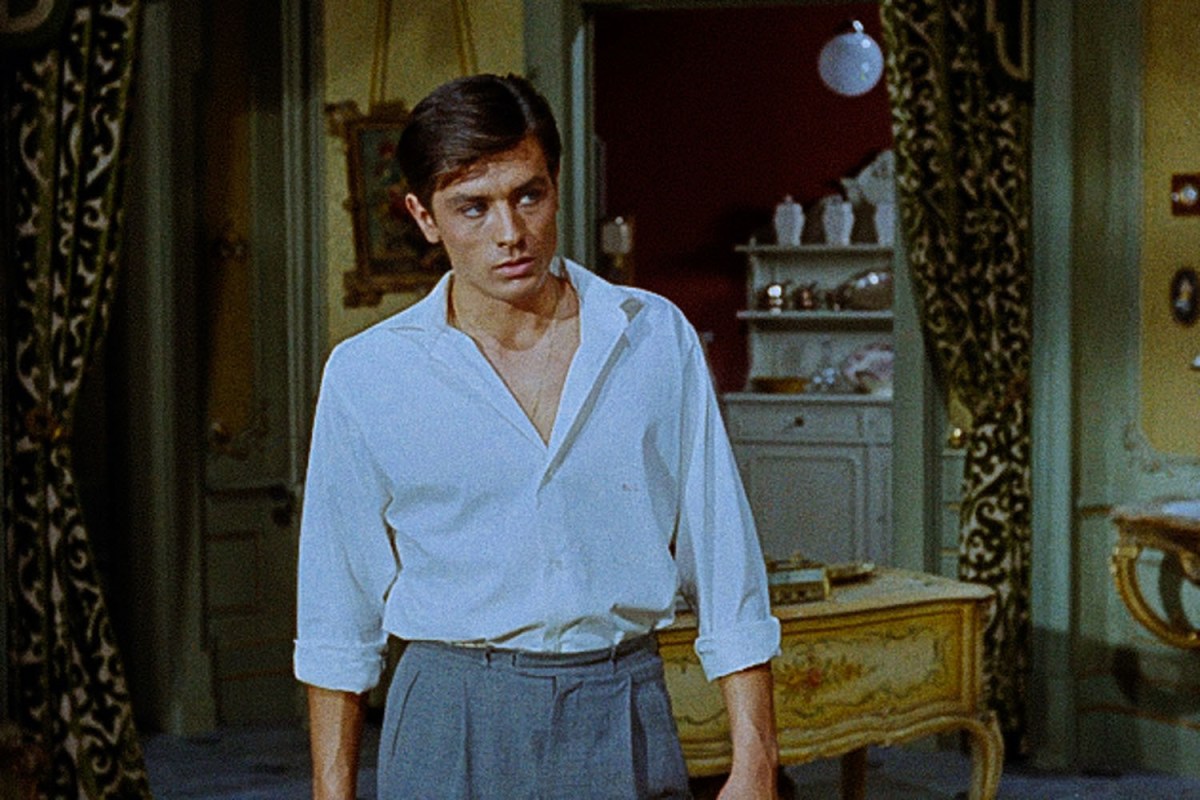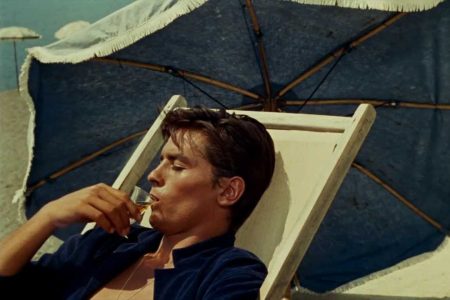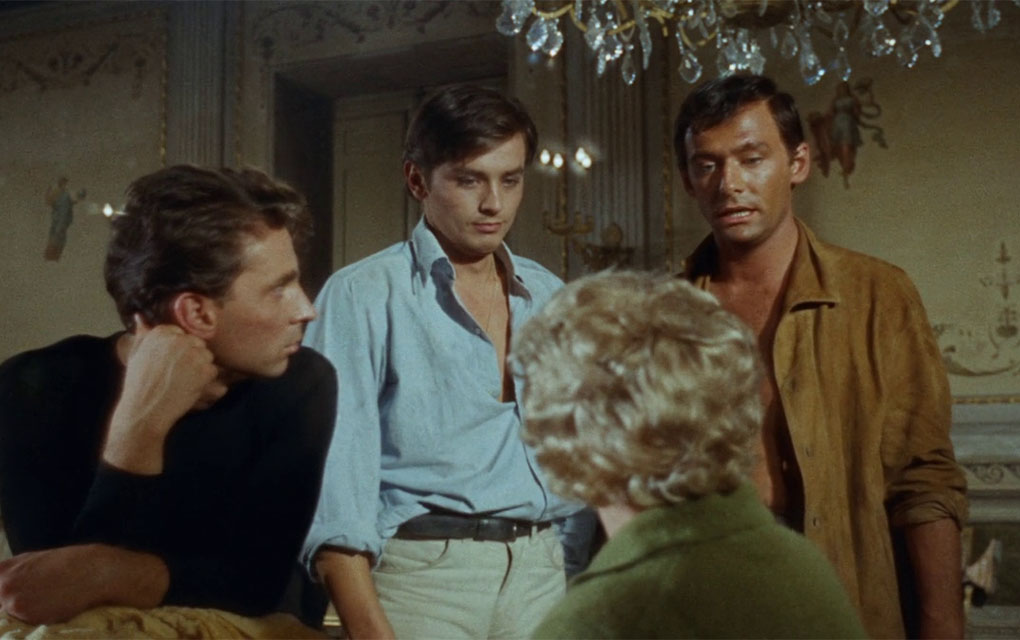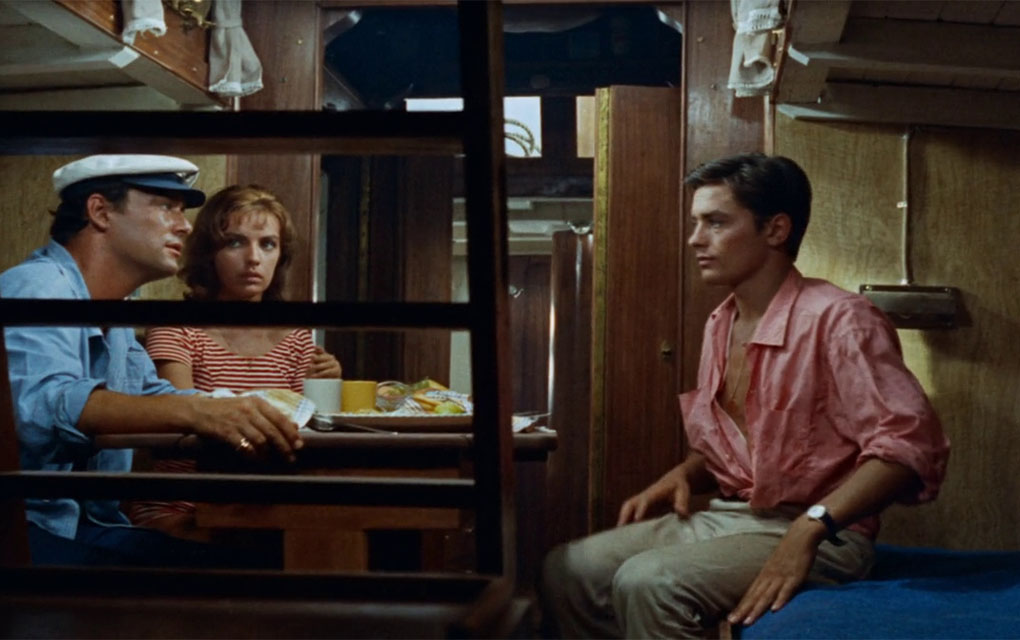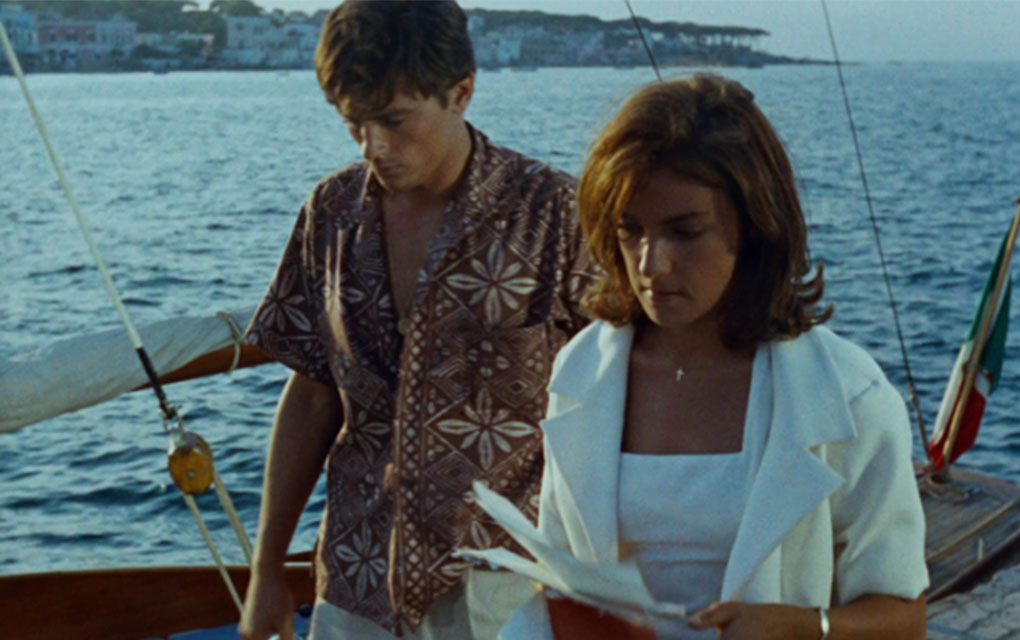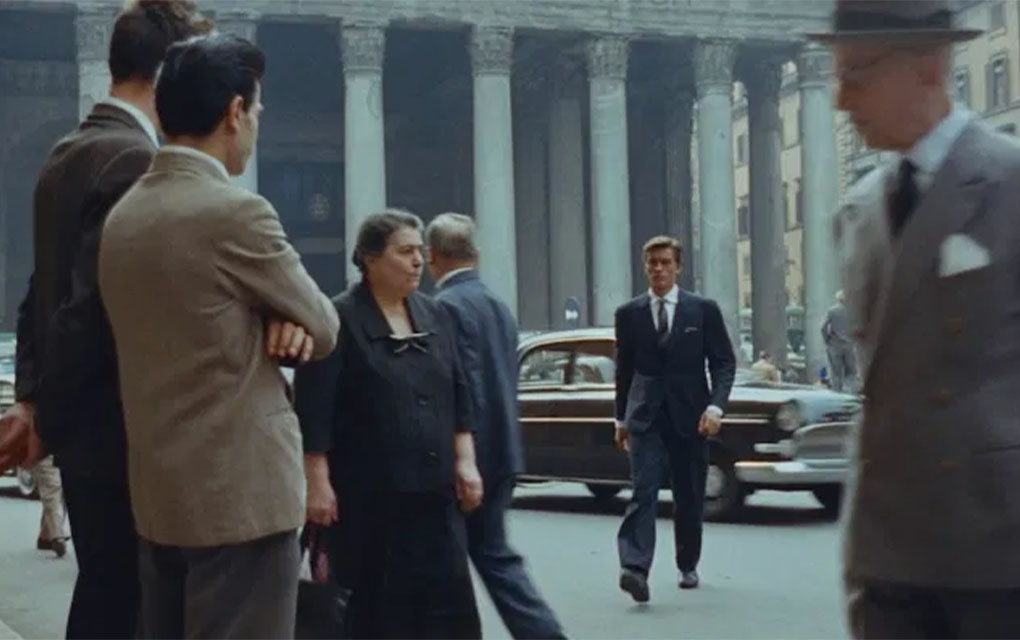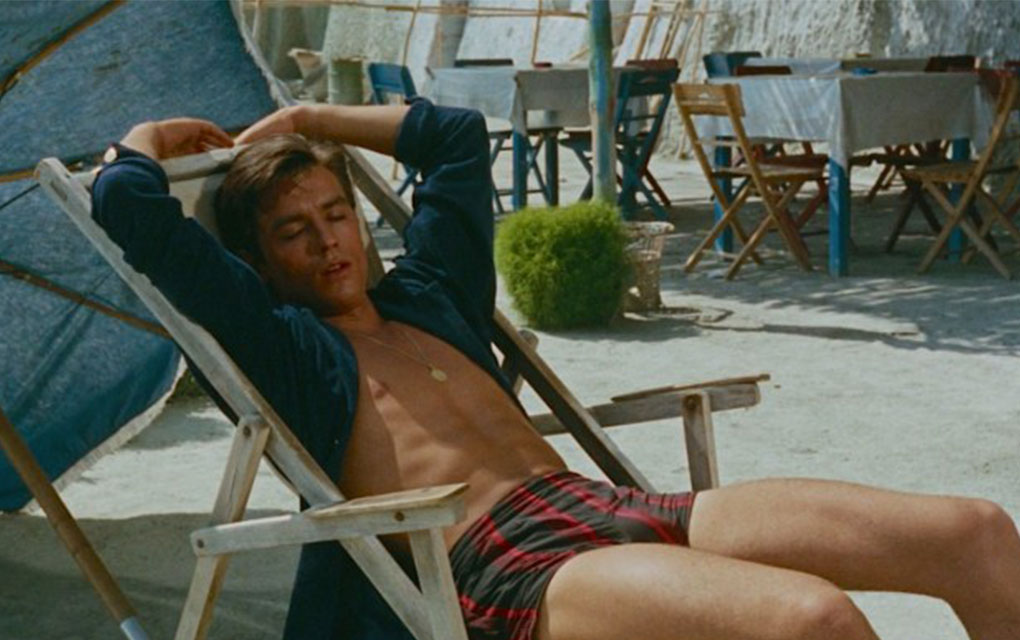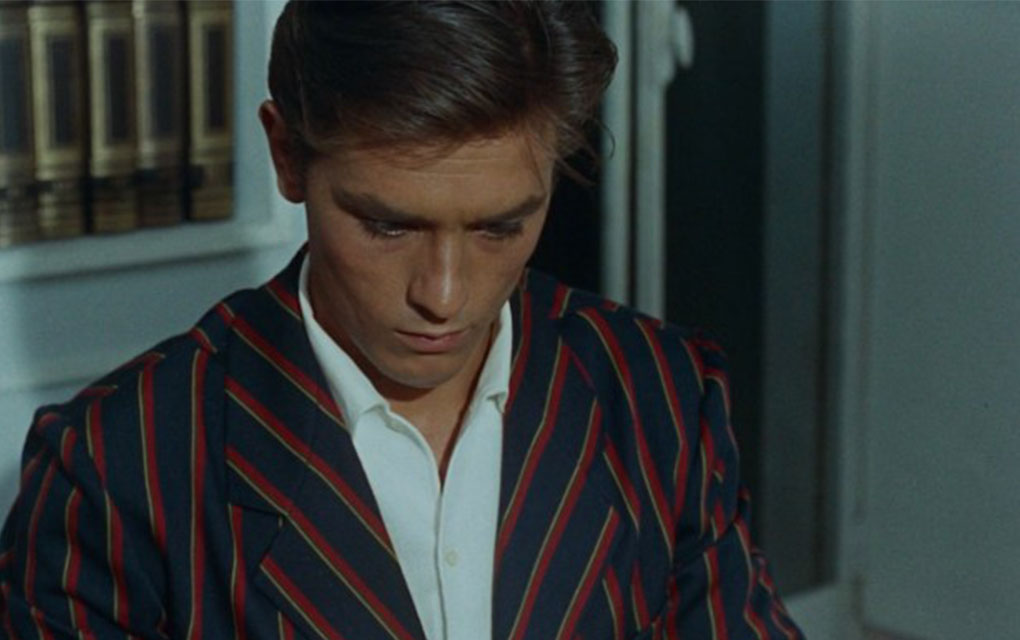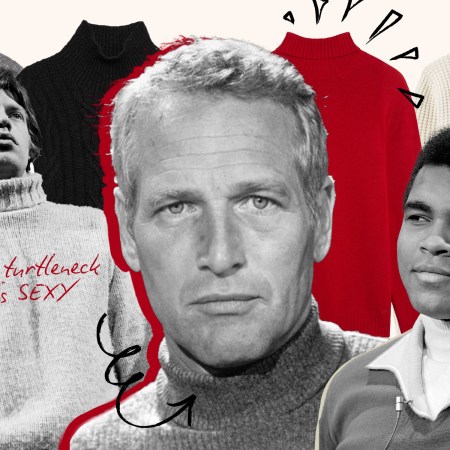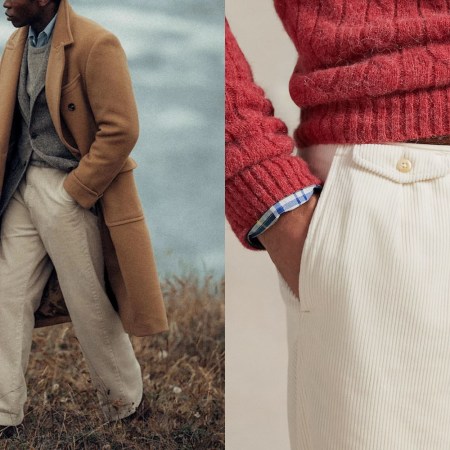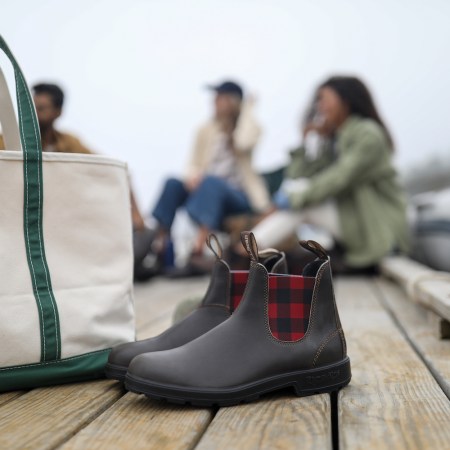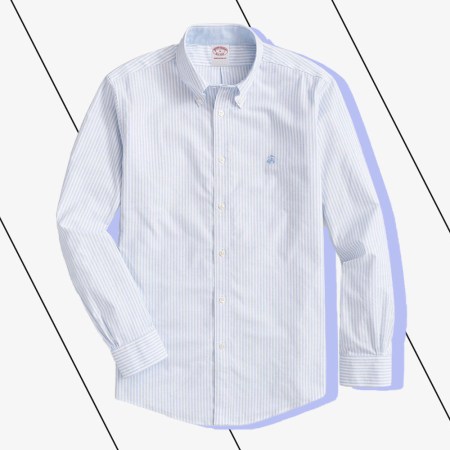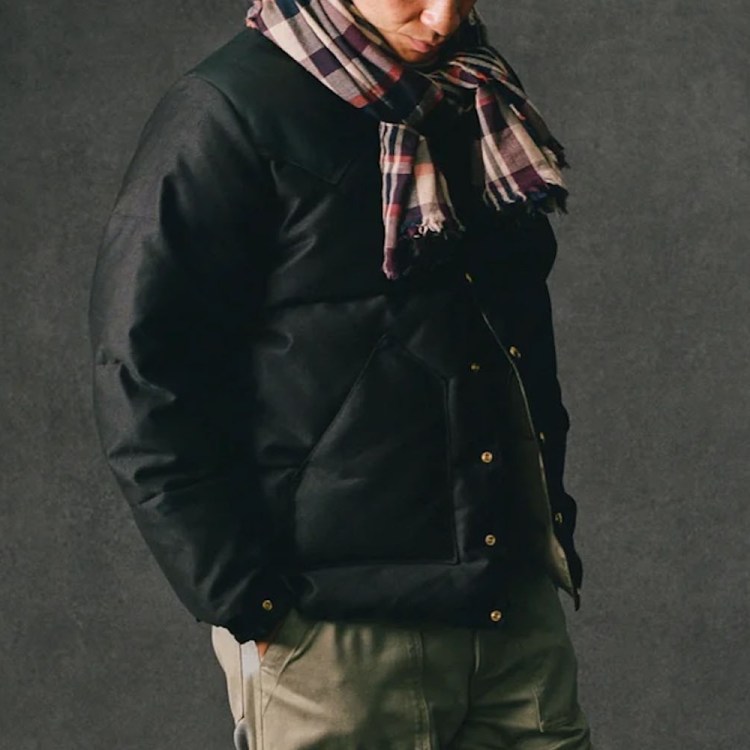There are few films that better capture the spirit of summer than René Clément’s Purple Noon. Based on the Patricia Highsmith novel The Talented Mr. Ripley and preceding the 2024 Netflix adaptation “Ripley” by some 60 years, the crime thriller details a story of obsession, murder and identity theft, drama that’s easily excusable or at the very least forgettable when filmed against the backdrop of Rome in summertime and the crisp blue waters of the Mediterranean Sea.
Sixty Years Later, “Purple Noon” Is Still the Essential Summer Crime Thriller
The 1960 French adaptation of Patricia Highsmith’s “The Talented Mr. Ripley” has everything you needA fresh-faced Alain Delon stars as the titular Tom Ripley, an impoverished yet cunning twenty-something who is hired by a wealthy American to retrieve his son Phillippe Greenleaf (Maurice Ronet) and return him to San Francisco for $5,000. Harboring a fixation with not just becoming rich but becoming Phillippe, Tom is quick to ingratiate himself to his quarry, all while scheming to kill and then assume life as Phillippe Greenleaf, a plot he succeeds in fulfilling, for the most part.
In short, Tom is a leech and sociopath, yet much in the way Tom wanted to be Phillippe, the viewer can’t help but feel some desire to become Tom (not unlike the sigma male obsession with American Psycho, just with Vespas. This desire isn’t the result of his sycophantic behavior, but rather Delon’s effortless sense of style and unflinchingly cool demeanor, both of which are grounded in his wardrobe. Designed by Bella Clément, the costumes reflect the languidness that persists throughout despite the murderous plot line.
Our first encounter with Tom sees him in a blue Oxford tucked into a pair of off-white jeans, finished with a black belt and suede horsebit loafers sans socks. As Tom’s time spent in the presence of Phillippe (who himself wears a suede shirt left entirely open) devolves into debauchery, his shirt becomes further unbuttoned to reveal more of his tanned torso and a gold medallion necklace, the sleeves rolled up and his once pristine pants dirtied. Still, there remains a casual elegance to the look, largely attributable to the classic pieces that comprise it and the silhouette they lend Delon, jeans nipped at the waist, defining his figure.
The film’s greatest sartorial triumph are probably the various button-downs that appear throughout the film, whether it’s a pink or black linen shirt (again unbuttoned to the navel, and untucked to billow in the wind) or a crisp white Oxford with red monogramming on the chest pocket paired with tailored flat-front trousers in a grey summer-weight wool and white driving loafers (again, sock-less), all sourced from Phillippe’s (and eventually, Tom’s) wardrobe. But a bevy of suits show up as well, worn frequently by Tom as he darts around town getting his new life in order, most rendered in linen so as to suit the climate yet still communicate the wealth and status that he has recently come into.
As Tom acclimates to his new life, his confidence in his identity becomes apparent in his stylistic choices. At first apprehensive and somewhat awkward in Phillippe’s clothes, Tom begins to adopt Phillipe’s playboy attitude as the threat of getting caught wanes. Soon, he’s comfortable enough to wear more ostentatious pieces like Phillippe’s patterned silk robe, striped micro swim trunks and the red and navy striped regatta blazer he was previously caught trying on while imitating Phillippe.
While Tom Ripley’s sociopathic tendencies aren’t something to aspire to, his wardrobe certainly is, from the batik shirt he throws on after knifing Phillippe, to a sophisticated grey suit worn without a tie or belt, to his two-toned navy and white espadrilles. Despite many of the pieces that comprise Tom’s wardrobe being classic — and to some extent, basic — the casual elegance with which he wear them, often by way of a rolled sleeve or bared chest, renders them fresh. And while the clothes of the film are certainly fit for the Italian seaside in the 1960s, they’re by no means beholden to it, capable of transcending time and place to find their way into your own summer wardrobe to this very day.
This article appeared in an InsideHook newsletter. Sign up for free to get more on travel, wellness, style, drinking, and culture.
